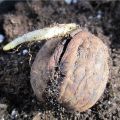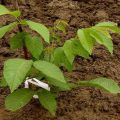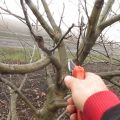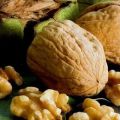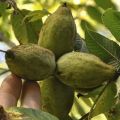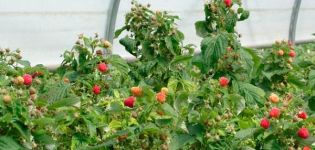How to grow walnuts in the Moscow region, the best varieties, planting and care
Since ancient times, nuts have been considered a tasty and healthy product, the use of which is welcome in any form. The walnut, which is also called "food for the brain", stands apart among them. Let's see why walnuts are so useful, and how they are grown in regions with unstable weather conditions, for example, in the Moscow region.
Is it possible to grow walnuts in the Moscow region?
There is an opinion among the people that the walnut is a thermophilic culture, and it does not take root in regions with a cool climate. Many novice gardeners are surprised by the information that many varieties of walnuts can actually be grown in the Moscow region. This became possible thanks to the unpretentiousness of the culture and the painstaking work of breeders who breed early, frost-resistant hybrids.
To date, about two dozen varieties of walnuts are grown on the territory of the Russian Federation, including in the northern regions.
Suitable varieties
Unfortunately, not all varieties are suitable for the Moscow region, but there are enough of them, and the novice gardener has plenty to choose from. The most popular are:
- Ideal.
A fast-growing variety that begins to bring a small harvest from the first year of life. For a garden, it is recommended to purchase seedlings at least four years old. He gained fame among summer residents due to its mild taste, unpretentiousness and good yield.
- Giant.
A hybrid created on the basis of the previous variety and adopting all its positive qualities. Their main difference is in size. The ideal is relatively small - around 6 meters. The giant fully lives up to its name, and with the proper amount of sunlight it grows up to 20 meters in height. It is possible to collect up to 100 kilograms of nuts from one such tree per season.
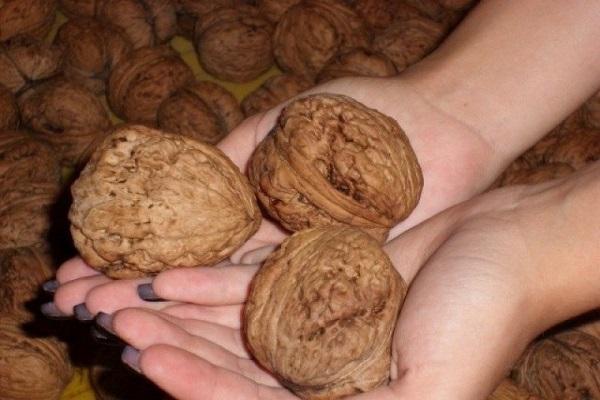
- Astakhovsky.
Known in the Moscow region for a relatively short time, has become one of the favorites due to its high frost resistance and strong immunity. The height of an adult tree is about 10 meters, and the first fruits are formed in the sixth year of life. During the season, from 30 to 40 kilograms of nuts are collected from the tree.
- Sadko.
This variety was bred specifically for cultivation in the Moscow region, and calmly withstands local winters. The size of the tree is small, and normally does not exceed 4-5 meters. The harvest is formed steadily, in no way yielding to the taste of its southern counterparts.
Note! In addition to the above varieties, in the territory of the Moscow region, they perfectly take root: Aurora, Kocherzhenko, Podmoskovny and Urozhainy.
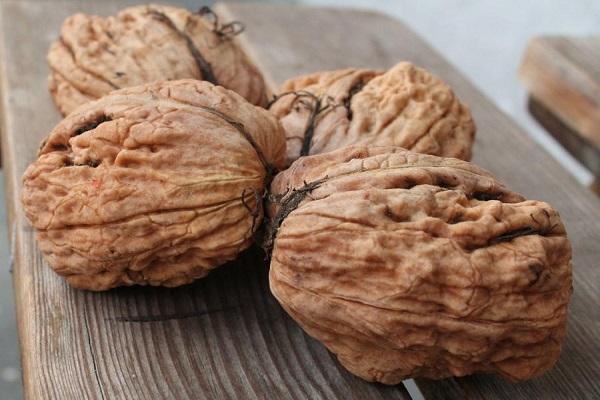
Landing features
Despite its unpretentiousness, the walnut requires compliance with certain rules, the implementation of which will ensure normal growth and yield. These include:
- landing dates;
- choosing the right place;
- preparation of seedlings;
- compliance with the landing rules.
Let's take a closer look at them.
Disembarkation dates
Disembarkation times vary by region:
- in southern regions with a warm climate, seedlings are planted in mid-autumn;
- in the northern regions, with a less favorable climate, they plant in the spring.
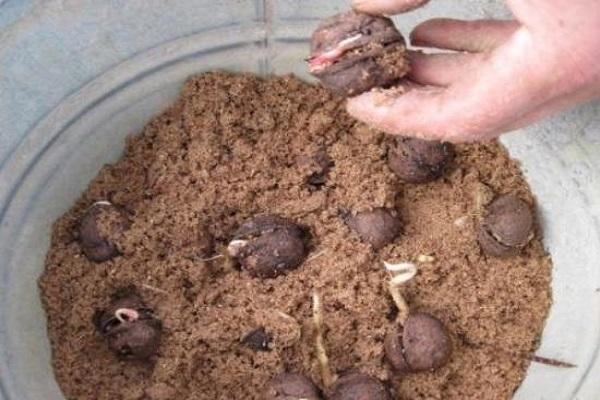
Spring planting takes place in April, until the buds begin to swell on the trees. Autumn planting in the Moscow region is not recommended, since the tree will not have time to take root before the winter frosts, and there is a risk that it will die.
Choosing a landing site
When choosing a landing site, be guided by the following rules:
- groundwater should not come close to the surface. The optimum burial depth is at least two meters. If this condition is not met, the tree will not be able to develop normally;
- the landing area is well lit and not in the shade most of the time.
Do not plant walnuts near living quarters or outbuildings. Its powerful root system will destroy even the concrete base, causing damage to the building.
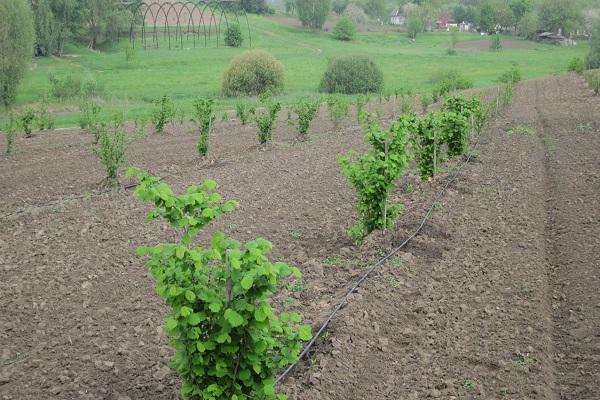
Preparation of seedlings
When preparing seedlings for planting in the country:
- it is necessary that the roots of the seedling are not damaged and deformed;
- it is recommended to use walnut seedlings that have reached the age of 2 years for planting;
- the trunk must be free of signs of damage or illness;
- pay attention to the grafting site of the seedling. If it did not grow well together, choose another;
- before planting, two-year-old seedlings need to be pruned so that their length before planting does not exceed 50-70 centimeters.
Note! Annual seedlings are small and do not need pruning.
Planting process
The planting process is reduced to digging a hole of the required size and preparing the correct mixture to fill it. The pit must be at least 60 centimeters in diameter. The depth depends on the size of the root system. Usually, it is buried at least 50-60 centimeters into the ground.

An embankment is created around the pit from the extracted land, and instead of it, a little phosphorus-containing fertilizer and humus are poured onto the bottom, mixed with fertile soil. At the end of the procedure, the planting site is abundantly irrigated. For the first watering, at least 60 liters of liquid are used.
Nuances of tree care in the Moscow region
The walnut, like any other tree, needs minimal maintenance, which consists in timely watering, fertilizing and pruning. These procedures do not take much of the gardener's time, but allow the tree to develop harmoniously. By giving it 30-40 minutes during the week, you will be sure of a good harvest at the end of the season.
Top dressing
Top dressing of a tree does not require much effort from the owner, because during the year it is enough just to apply the necessary fertilizers a couple of times. Top dressing is divided into:
- autumn;
- spring.
In autumn, the emphasis is on fertilizers with a high content of phosphorus and potassium, and in the spring - on nitrogen supplements. In the case when the tree is planted on fertile soil, it is necessary to refuse abundant fertilizing. Nut grows quickly even on poor soil, and excessive nutrients can adversely affect growth.

Watering
Proper and timely irrigation is the key to success in growing walnut trees.This crop loves moisture, and in the first years of life, if the summer is dry, irrigation is carried out every week. It turns out that during the summer season, the gardener will have to water the nut at least 12 times, pouring out about 3 buckets of liquid.
Mature trees are watered twice less often, but the volume of liquid is doubled. In rainy seasons, the tree is watered less, focusing on the condition of the soil.
Pruning
The formation of the crown of the tree is carried out in the spring, approximately at the end of March. Preventive work aimed at removing diseased and damaged branches is carried out in the fall, during preparation for wintering. Crown formation begins from the moment when the tree trunk has grown by one and a half meters. It happens as follows:

- 10 branches are left on the trunk, which form the skeleton of the crown;
- the shoots on the branches are cut so that their length is 20 centimeters.
An adult tree does not need crown formation, and only preventive pruning is required from the gardener.
Wintering features
Young trees, before the onset of winter cold, are wrapped in warm cloth, and the soil around the trunk is mulched. You can use straw, manure or peat as mulch. Mature trees do not need additional care, and they tolerate winter cold.
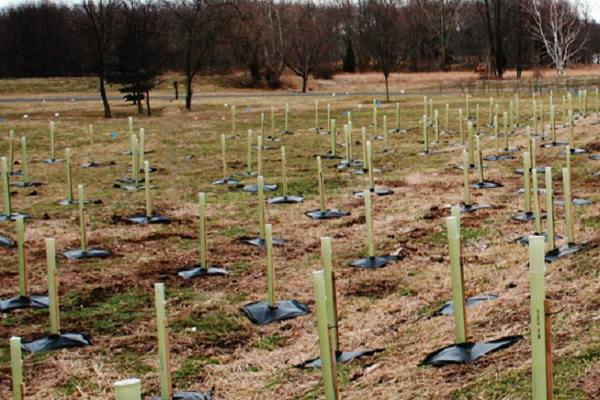
Protection against diseases and pests
Among the diseases inherent in walnuts, there are:
- Bacterial burn.
Symptoms are darkening of the leaves and nuts on the tree. To combat the disease, special preparations with a high copper content are used. All affected parts are removed and incinerated.
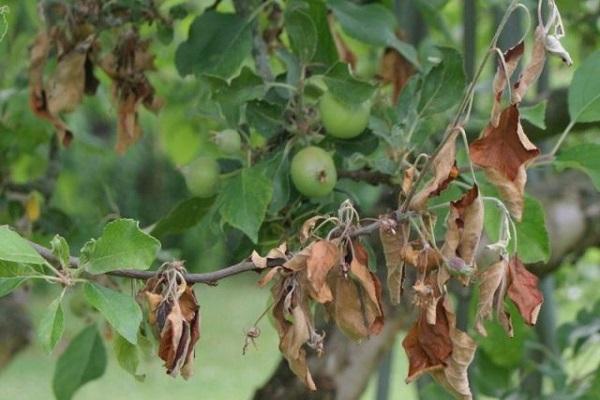
- Root cancer.
Large growths form on the roots, and the tree stops developing, ceasing to bear fruit. As a treatment, it is recommended to treat the roots with a solution of caustic soda 1%. At the end of the procedure, the roots are rinsed with plenty of water.
- Brown spotting.
It appears as brown spots that form on the leaves. The affected leaves soon fall off, and in a neglected form, the disease spreads to the flowers, destroying most of them. Bordeaux mixture is used as a medicine, the concentration of which is 1%.
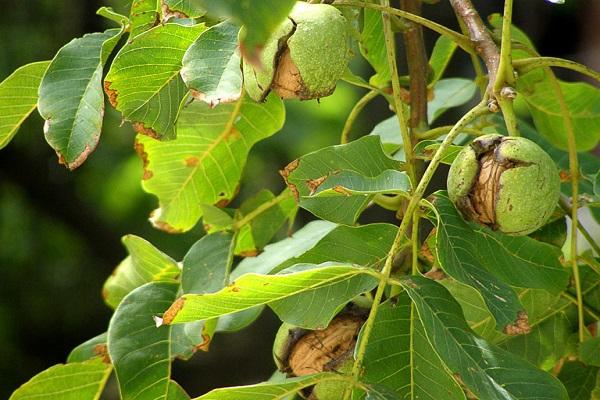
Pests:
- nut moth;
- sapwood;
- American white butterfly;
- aphid;
- moth.
If they are found, the affected parts are burned, and the tree is treated with special chemicals sold in stores.
As you can see, planting walnuts in the Moscow region is not a difficult task, and with minimal effort you can enjoy homemade walnuts all year round.


